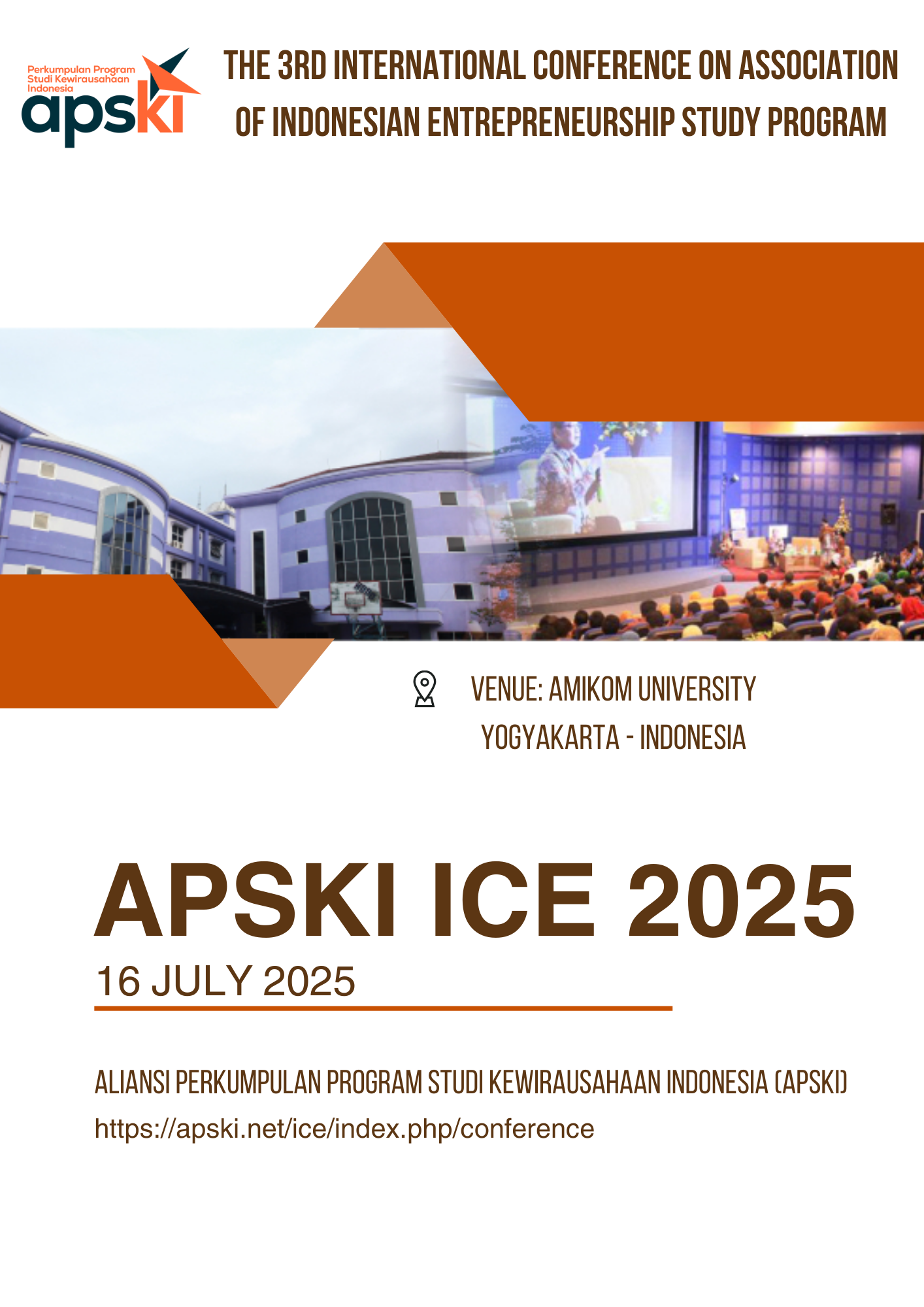Pentahelix Model Application for Lusi Island Tourism Development Strategy
Keywords:
Pentahelix Model Collaboration, Tourism Development StrategyAbstract
Lusi Island in East Java possesses significant potential for sustainable tourism development but faces challenges in stakeholder coordination and engagement. This study investigates the strategic application of the Pentahelix model, which integrates the roles of government, academia, businesses, local communities, and media, in shaping the island’s tourism strategy. A qualitative research design was employed, utilizing semi-structured interviews, and stakeholder mapping to explore collaborative dynamics among the five pillars. The findings indicate that while local government efforts and academic support are evident, involvement from businesses and communities remains fragmented, and media participation in promoting the destination is limited. The adoption of the Pentahelix model has demonstrated its capacity to enhance synergy among stakeholders, provide strategic direction, and lay the foundation for inclusive and resilient tourism development. The study concludes that multi-stakeholder approaches like Pentahelix can be effectively implemented in emerging tourism destinations, provided that communication, capacity building, and coordination mechanisms are strengthened to achieve long-term sustainability.
Downloads
Published
Issue
Section
License
Copyright (c) 2025 APSKI International Conference on Association of Indonesian Entrepreneurship Study Programs

This work is licensed under a Creative Commons Attribution-NonCommercial 4.0 International License.
APSKI International Conference on Association of Indonesian Entrepreneurship Study Programs
- Copyright & Usage – Authors retain copyright for their submitted works but grant the APSKI International Conference permission to publish, distribute, and archive their papers in the official conference proceedings.
- Open Access Policy – All published materials will be made available under an open-access framework, ensuring free and unrestricted access for researchers, students, and professionals.
- Attribution Requirement – Any reproduction or distribution of conference materials must include proper attribution to the authors and the APSKI International Conference.
- Non-Commercial Use – Content published within the conference proceedings may not be used for commercial purposes without explicit permission from the author or conference organizers.
- Modification & Adaptation – Any adaptation or modification of conference materials must be clearly indicated and should not misrepresent the original authors' intentions or findings.
- Liability Disclaimer – The APSKI International Conference is not responsible for any inaccuracies, omissions, or interpretations in published papers and cannot be held liable for any legal implications arising from the use of the content.
These terms ensure fair use, transparency, and accessibility while respecting the intellectual property of contributing authors.





